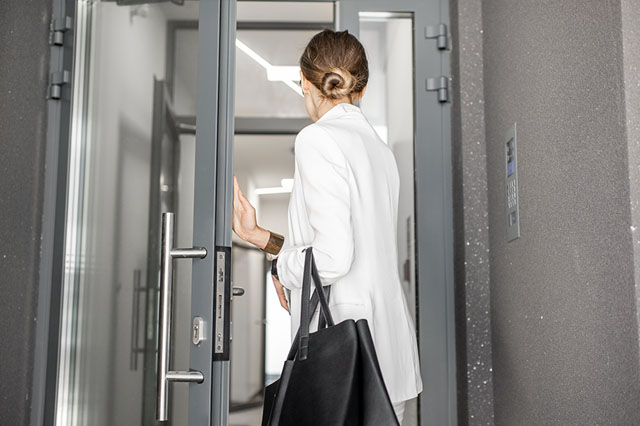-
Published: May 01, 2020 | 19:14 PM
Refresh Water When Returning to a Closed Building
The COVID-19 pandemic has left many businesses, schools, homes and other buildings unused for weeks. Once people return to these structures, the water needs to be refreshed.
Under normal use, water pipes maintain a chlorine residual that protects public health and aesthetic water quality. Water that sits for a few weeks becomes stagnant.
To restore your building with fresh water, IRWD recommends that you take the following steps:
1. Identify all water taps, toilets, shower and bathtub fixtures, refrigerator/freezers with an icemaker or water supply, drinking fountains, and any other source of potable water.
2. Turn on all the water taps with drains simultaneously for 10-15 minutes. (Make sure to check that each drain is working properly).
3. While the taps are running with fresh water, flush each toilet to refresh the water tank and empty the old water from the toilet bowl.
4. Dump any old ice in the refrigerator/freezer, and continue to remove the new ice for 3-5 cycles. Run the water from the refrigerator dispenser to refill the water line to the refrigerator.
5. If the hot water has a sulfur smell or other odor, consider draining your water heater before use. (Follow manufacturers' directions carefully for safety and protection from water damage.) And make sure your water heater is set to at least 140°F.
6. Don't forget to check that all water taps have been turned off after flushing.
With these simple steps, you can restore fresh water to your building.
Refreshing the water will also refill drain traps that may have dried out due to evaporation. If your drain is producing an odor, adding water to the drain will fill the trap and create a barrier to prevent sewer gases from entering your home.
IRWD's water supply has continued to meet all state and federal requirements to ensure safe drinking water for our community. For more information, please contact Customer Service at CustomerService@irwd.com or 949-453-5500.
To learn more about health issues related to stagnant water and how to ensure your building is safe, read Guidance for Building Water Systems from the Centers for Disease Control and Prevention.



